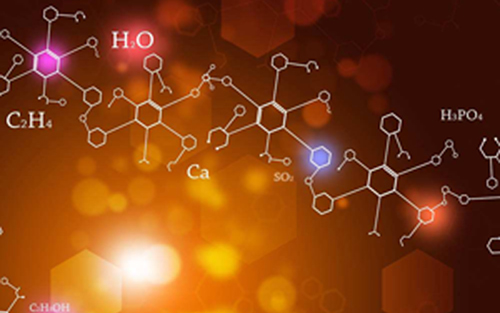Application of acridinium ester
Release time:
2020-11-03
Acridine esters are an important class of chemiluminescence reagents. Because of their high luminous efficiency and simple luminescence system, no catalyst is needed, low background and simple labeling. In addition, acridine esters chemiluminescence reagents have good stability. Easy to store. Because of its advantages, it has made great achievements in immunization and DNA analysis.
1. The application of acridinium ester in immunoassay:
1. The acridinium ester is labeled as a hapten on progesterone to determine the content of progesterone in the plasma of non-pregnant gray females. The detection sensitivity is 0.64mol/L. It has a wider scope of application in retaining the biological activity of the traced substance.
2. Thyroid stimulating hormone is a glycoprotein hormone secreted by the anterior pituitary gland. Serum TSH level is an important index for clinical assessment of thyroid function. The highly sensitive TSH immunoassay method is used to distinguish hyperthyroidism, thyroid cancer and thyroid Normal function is important. Using acridinium ester DMAE-NHS to label TSH monoclonal antibody, a more sensitive chemiluminescence analysis method for thyroid stimulating hormone was established;
3. Acridine esters have been used in the detection of tumor markers alpha-fetoprotein, the analysis of immunoglobulins and related compounds. Acridine ester is used as a marker to label antibodies for the determination of antibody levels in tuberculosis patients, the determination of nerve growth factor, epidermal growth factor, and tissue-type plasminogen activator. In this series of determinations, the sensitivity of this method is very high. The stability of acridinium ester markers varies with different solutions, and acidic solutions are more stable than alkaline environments. For tumor detection, because the content of tumor markers is very low, it is difficult to accurately quantify, and chemiluminescence immunoassay has undoubtedly become the best detection method. Acridinium ester-H2O2 luminescence system has been successfully applied to many tumor markers. The detection of objects.
2. Application of acridine ester in DNA determination:
In addition to the application in immunoassays, acridinium esters can be used to label oligonucleotide fragment probes for genetic or microbial assays. Acridine ester compounds are very suitable for labeling DNA strands to produce chemiluminescent DNA probes. Modern medical research results show that many diseases such as cancer and genetic diseases are related to DNA mutations, and many infectious diseases are caused by viruses, bacteria or parasites in the environment. The analysis of virus specific sequence DNA is beneficial Control of the epidemic. The detection of DNA sequence and base mutation in its chain is of far-reaching significance in gene screening, early diagnosis and treatment of genetic diseases, and pathogenic gene determination. In nucleic acid hybridization analysis, preparation of labeled probes with strong specificity and high sensitivity is the key to successful nucleic acid hybridization analysis. Acridinium ester derivatives can be directly labeled on nucleic acid probes without catalysts and the luminescence quantum yield is not affected. In addition, under certain conditions, the labeled acridinium ester on the unhybridized single-stranded DNA is hydrolyzed and destroyed, and only the double-stranded protected acridinium ester formed by hybridization can produce chemiluminescence, and the entire hybridization process can be monitored without separation.
Acridine esters may have more advantages that we don't know about in the future, and we need to work harder to develop these. Desheng Technology has been developing chemiluminescence reagents for 15 years. After successful development, it has been put on the market and has been widely recognized by customers. Luminescent reagents: acridinium ester DMAE-NHS, acridinium ester NSP-DMAE-NHS, acridinium salt NSP-SA, acridinium salt NSP-SA-NHS, acridinium hydrazide NSP-SA-ADH, acridinium ester ME -DMAE-NHS, luminol, isoluminol, etc.
Contact details
Contact number
Address: C8, Guanggu United Science and Technology City, Ezhou City, Hubei Province
Fax:0711-3704 589
Follow us




